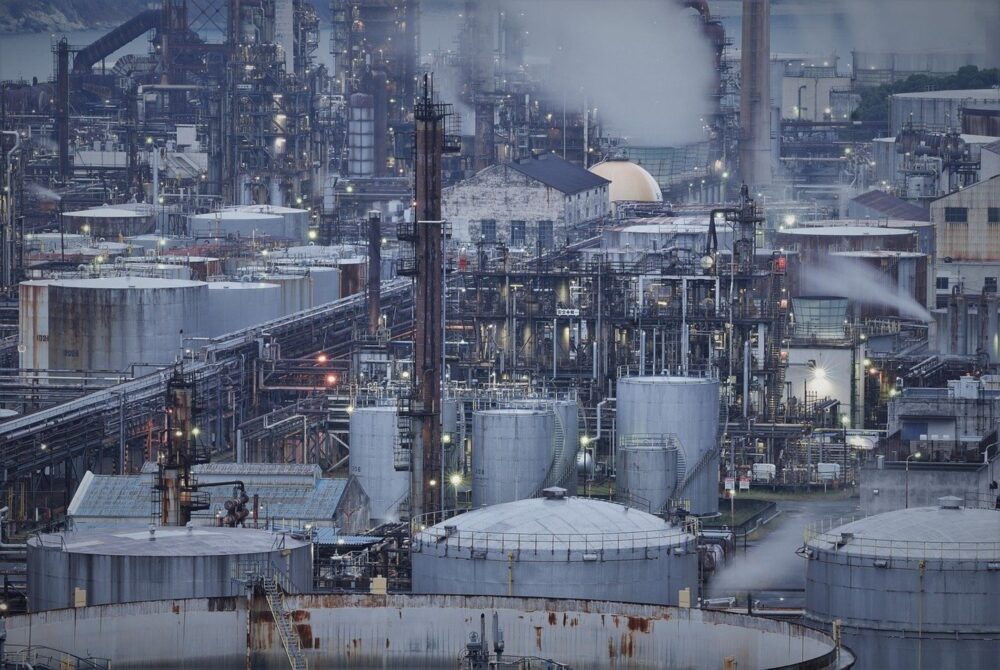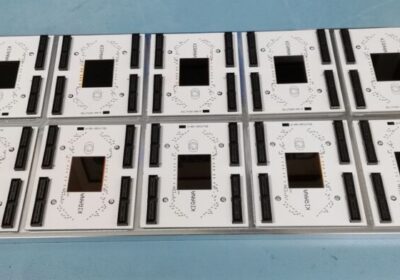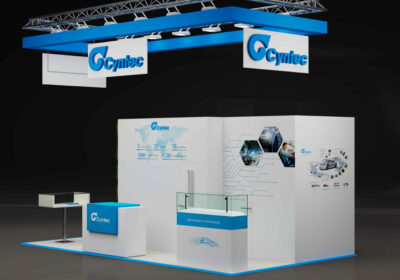~ NOX and SOX emissions haven’t gone away. Neither have their polluting effects. ~
From the EU’s National Emission Ceilings Directive to the Clean Air Act in the United States, several major global powers have taken bold steps to reduce pollutants in the air around us. Why, then, is the second suggested Google search term related to acid rain “is acid rain still a problem”? Here Dr Alexander Krajete, founder and CEO of emissions revalorisation specialist Krajete GmbH, explains how the manufacturing industry contributes to acid rain, the effects on human health, infrastructure and the environment and why further emissions mitigation work is necessary.
Acid rain is an umbrella term that refers to precipitation with dissolved nitric and sulphuric acid, but can include carbonic acid and alkaline components too.
Chemical, petrochemical, metal and many other types of manufacturing release nitrogen and sulphur oxide (NOX and SOX respectively) emissions. These come from combustion, refinement and processing of materials such as coke, crude oil and ammonia. The emitted gases dissolve into atmospheric moisture and fall to earth as acid rain.
The more obvious consequences of acid rain, such as direct harm to land-based and aquatic animal populations and damage to crops, have drastically reduced in regions where serious efforts have been made to address pollution. This has bred the idea that the problem itself has disappeared. Unfortunately, that is not true.
The clouds of acid rain still linger
Although NOX and SOX emissions fell by 48 per cent in the European Union between 2005 and 2020, this pattern is not global. Many countries with huge industrial output and areas of high emissions, such as China and India, feel the sting of acidic atmospheric pollution in various ways.
Inhaling acidic gases causes respiratory concerns for all animals, including humans, irritating the respiratory tract and exacerbating pre-existing conditions, such as asthma or chronic obstructive pulmonary disease (COPD).
Any concrete or carbonate-based structures suffer too. Factories and facilities in areas with heavy acid deposition will endure significant maintenance expenses, as well as costly disruption to goods output and transport through degradation of infrastructure if buildings and bridges are damaged.
The non-human world perhaps stands to lose the most. Alteration of soil chemistry, such as soil acidification, the loss of buffering capacity and mobilisation of toxic aluminium cations, affects all life forms that depend on it. Inevitably, this radiates up the food chain.
Aquatic eco-systems suffer greatly from acid rain — atmospheric deposition and terrestrial run-off of nitrogenous material into lake and marine habitats results in eutrophication (over-enrichment) of plants and algae.
Overgrown during life, these organisms die and decompose, leaching dissolved oxygen from the water around them and starving aquatic life in the area of it. This leads to so-called ‘dead zones’ where aquatic life struggles to survive.
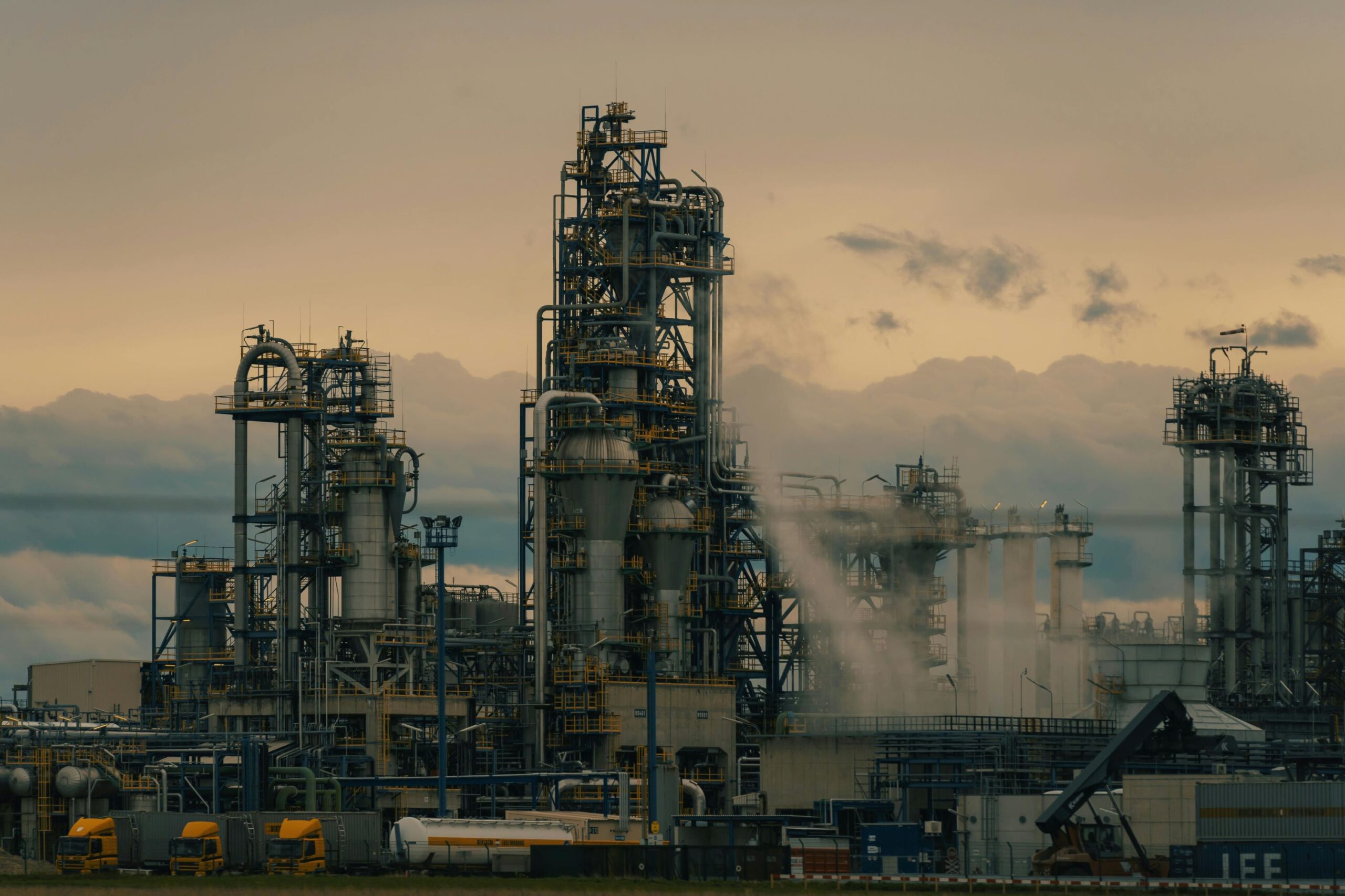
Why is acid rain still a problem?
One reason for the persistence of the acid rain phenomenon is the global community’s fixation on carbon dioxide emissions. The warming effects caused by increased atmospheric CO2 levels are enormous, with manufacturing and production accounting for 12 per cent of global carbon emissions in 2021. Great progress has been made to reduce emissions there.
However, this has led to some neglect by fossil fuel processors and combustion engine manufacturers to mitigate other emissions, such as NOX and SOX. This is mostly true in countries where regulations are less stringent.
A second factor is the destructive approach usually taken to treating captured NOX and SOX emissions. Sacrificial reactions involving NOX, such as selective catalytic reduction (SCR), can release other species such as NH3. These both have their own harmful effects and SCR has a lower particle capture limit of ten ppm, meaning it cannot eradicate emissions entirely.
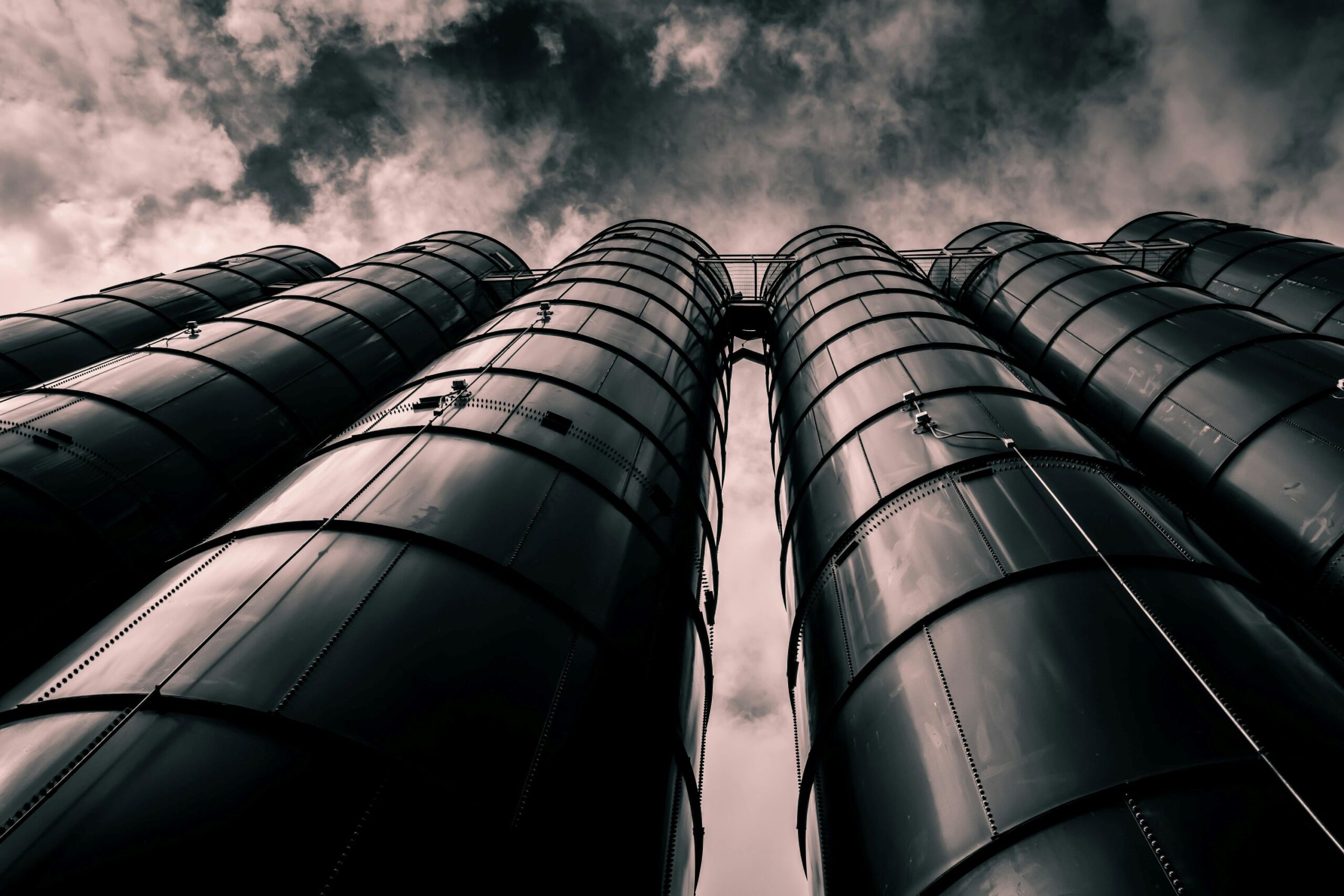
How should we deal with small-particle emissions?
Milder physisorption techniques are increasingly being used to capture NOX and SOX emissions without unwanted reactions and side products. The emissions gas abatement approach uses an adsorptive surface to bind pollutant particles without a chemical reaction, relying on weak surface bonding.
These weak intermolecular forces enable simple, low-energy release of the pollutants from the saturated adsorber, either through rinsing or mild heating. By collecting small-particle atmospheric contaminants in this way, two large benefits are conferred.
Firstly, the amassed emissions are purified as part of the process. This means they can be repurposed within a company’s production cycle or sold onto a third-party with great financial efficiency. This could be NOX as a pre-cursor for industrial nitric acid supply or production of nitrogen-rich fertiliser for agriculture.
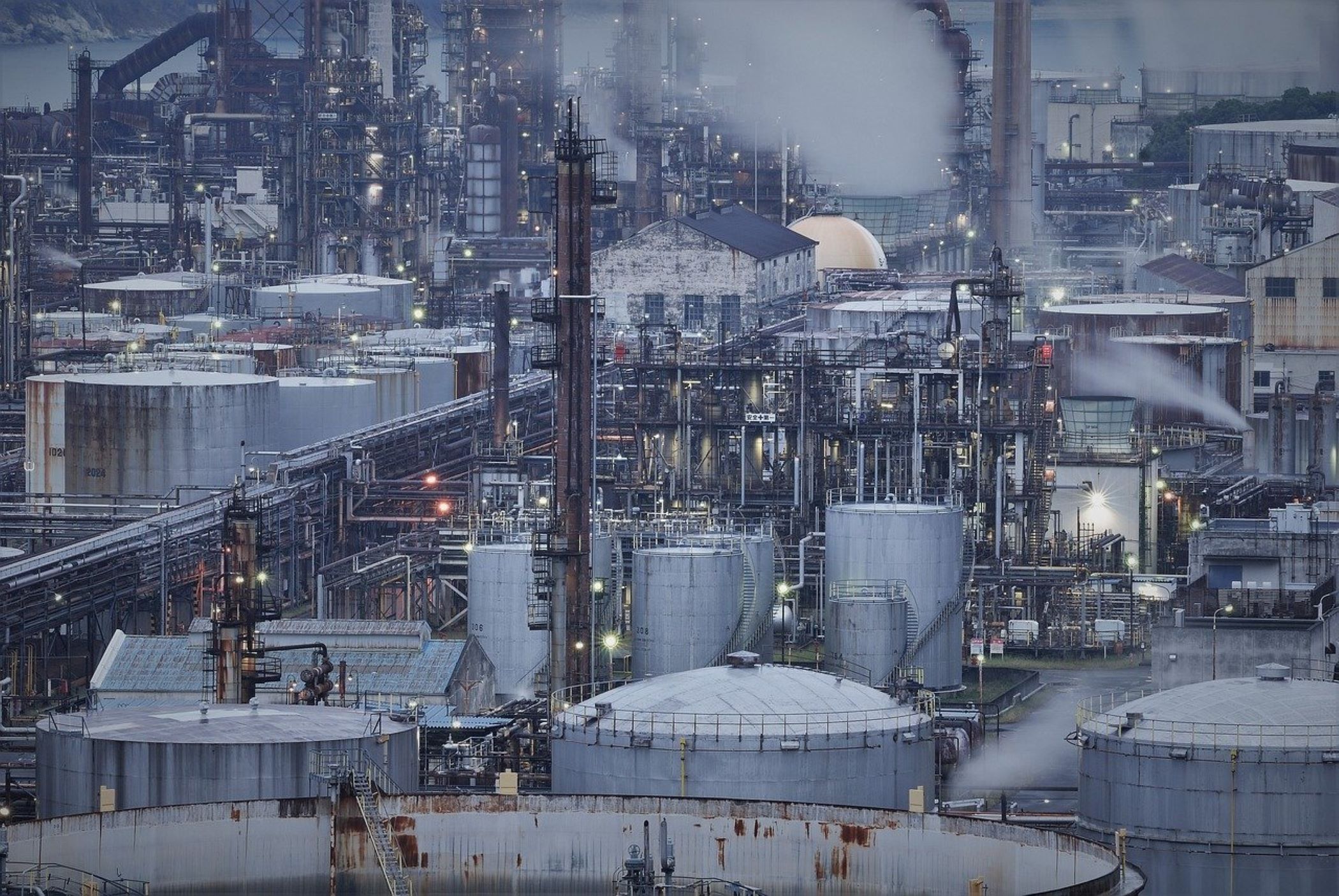
On a grander scale, however, this method for reducing air pollution closes the emissions loop. Rather than converting NOX and SOX into “less harmful” gases to release into the atmosphere, physisorption is capable of meeting stringent pollutant legislation by capturing 99 per cent of small-particle emissions.
Adsorption processing of emissions, in which Krajete is a world leader, is suitable in industrial facilities of all kinds, in the average commuter car and on huge freight ships. To find out how Krajete can help you close the emissions loop and revalorise your waste gases, visit https://www.krajete.com/about-us/our-vision.

